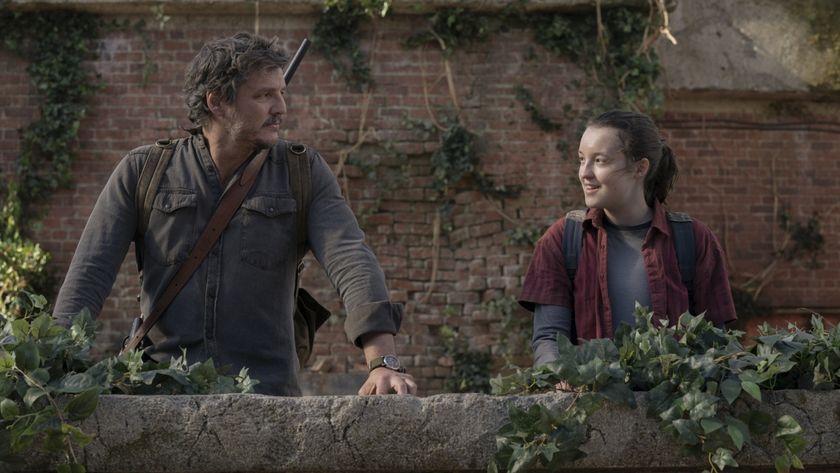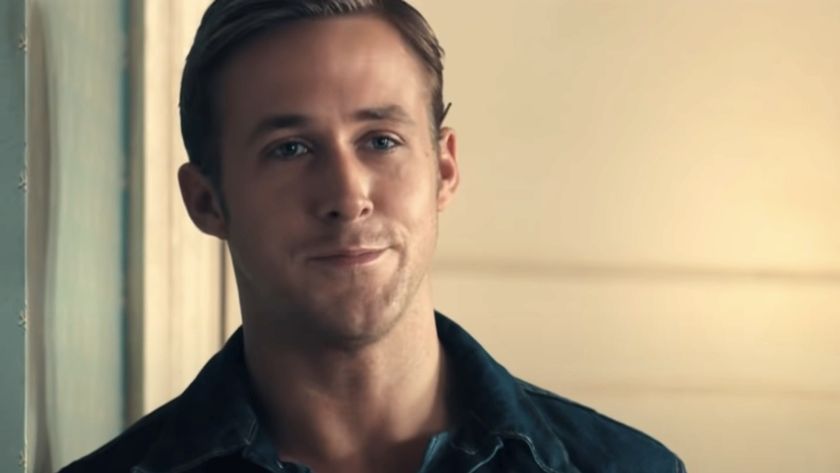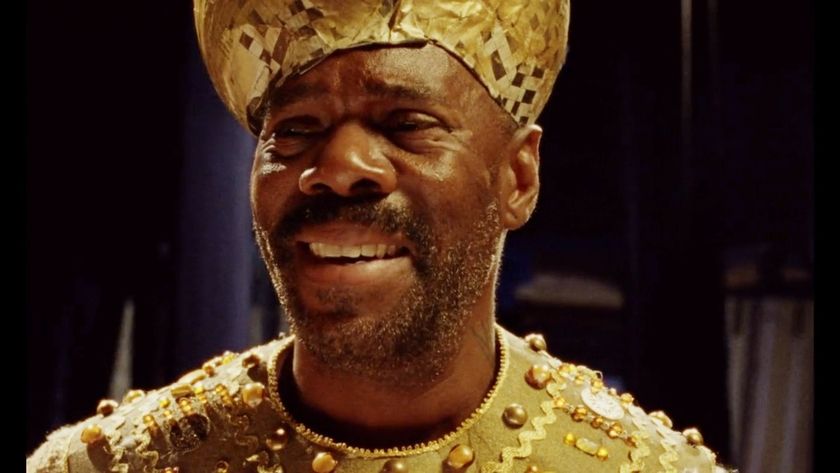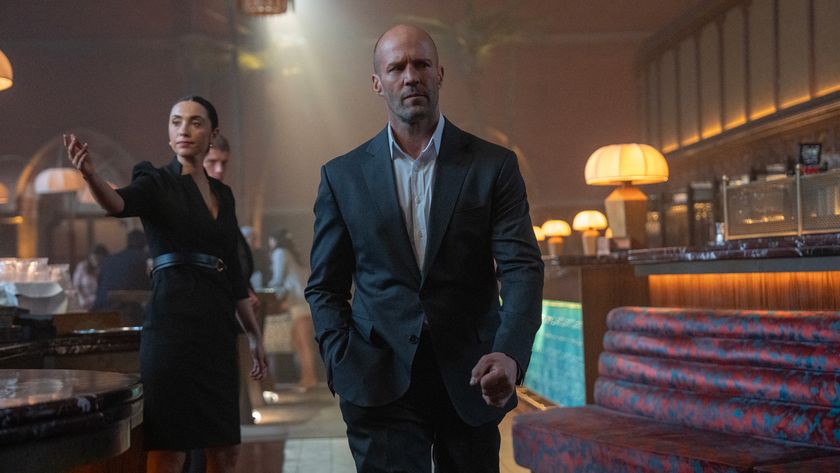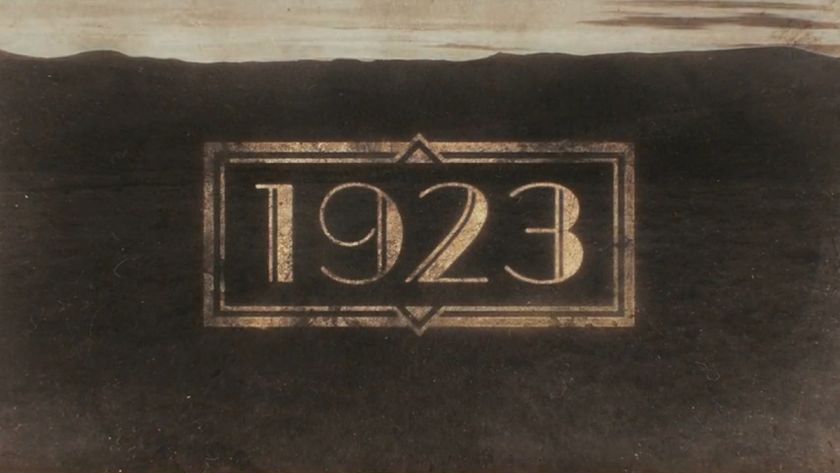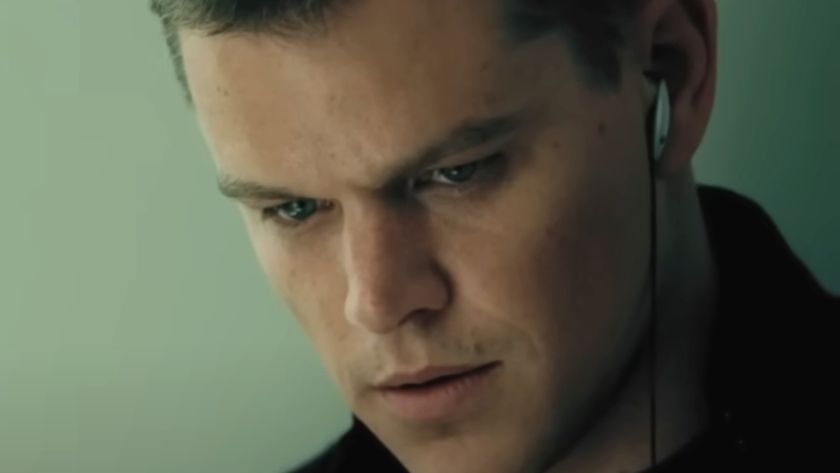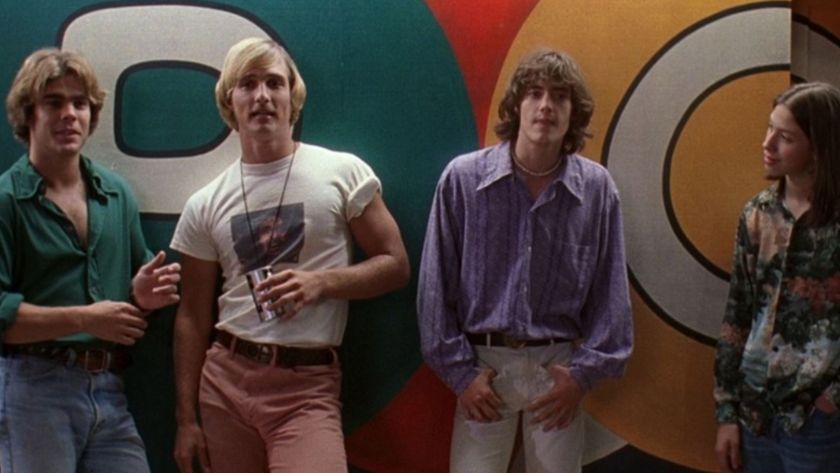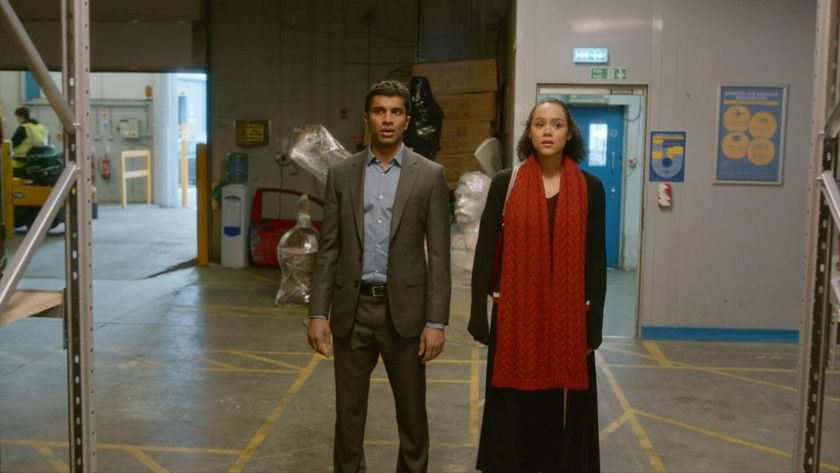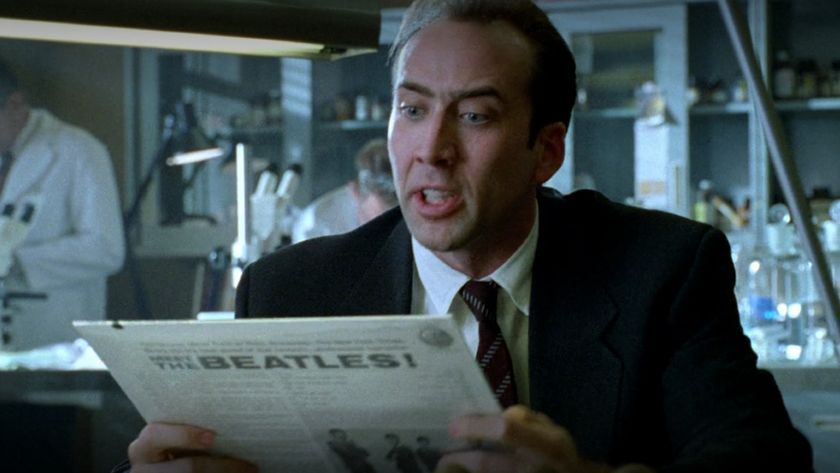How Guillermo Del Toro's Pinocchio Improves On The Walt Disney Classic In Darker, But Beautiful Ways
There's a new classic in the making.
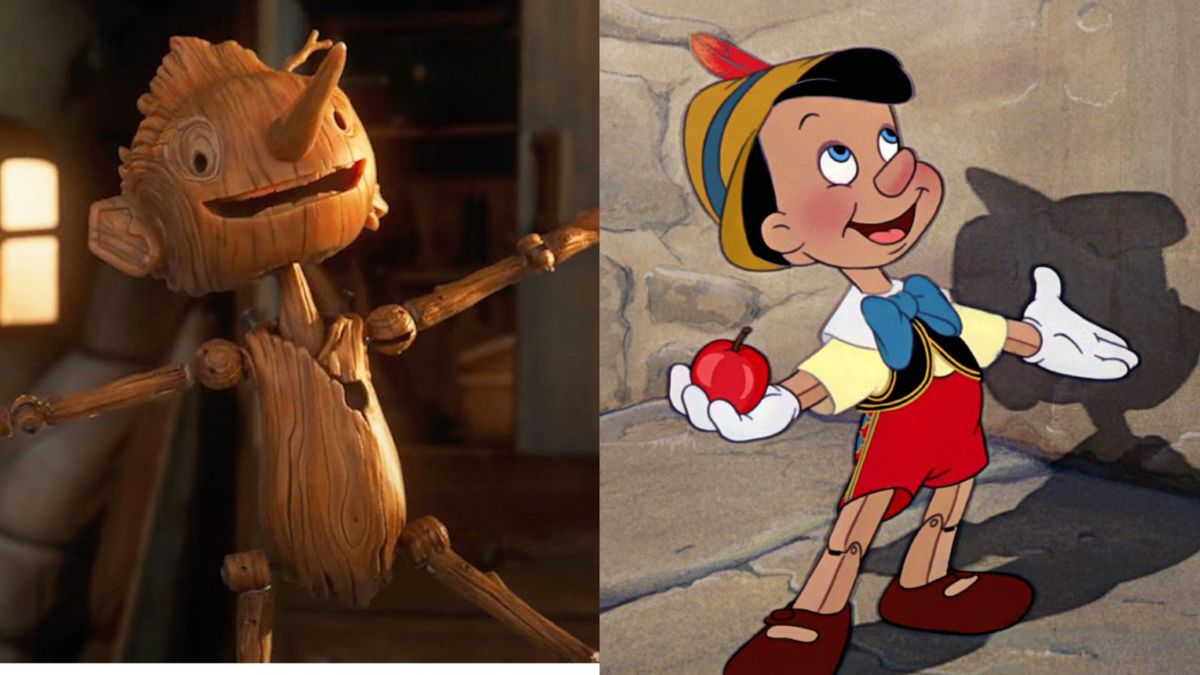
SPOILERS are ahead for Guillermo Del Toro’s Pinocchio, now streaming with a Netflix subscription.
Walt Disney Animation’s second feature film of all time was 1940’s Pinocchio, and for over 80 years now, it’s been the seminal adaptation of the beloved children’s story. But then the stars aligned in a way where 2022 became the year where two new Pinocchio movies were released within months of each other: Disney+'s ill-received live-action version starring Tom Hanks, and Guillermo Del Toro's stop-motion animation vision of the story that recently joined Netflix’s new releases. I’m happy to report that not only is del Toro’s the superior of the two, I also find it to be a beautiful (albeit very dark) improvement on the animated classic that finally polishes the dust off the puppet without strings.
As a longtime Disney fan, I watched Pinocchio quite a bit growing up, but it hasn't remained a staple favorite from the studio, probably because it’s right there with Bambi among the more scarring movies from the House of Mouse. Yeah… that movie goes from a wholesome dancing kitty and goldfish scene to poor children being turned into donkeys for slave labor fast. Guillermo del Toro’s Pinocchio enriched the classic story and has become a new animated favorite of mine. Here, I’ll break down why.

Pinocchio’s Fascist Backdrop Is Clever
Ok, so right out the gate, Pinocchio gets real bleak with Geppetto’s backstory, which involves him losing his real son in a bombing in Fascist Italy. It’s a far cry from the Disney version’s vaguely Italian setting, of course both taking after the origins of Carlo Collodi’s original story, The Adventures of Pinocchio. As the story unfolds, the time period Pinocchio lives in (one that rarely gets a spotlight on film) is not shied away from, as Pinocchio is used for fascist propaganda and recruited as a soldier, and Benito Mussolini is even depicted. It makes for a more grounded version of the fairy tale character that really contributes to the depth of the story that has critics raving about Guillermo Del Toro's Pinocchio.
On one hand, del Toro is continuing what he did with Pan’s Labyrinth by placing his hero in a real-world setting, and once again it adds to the emotion of the story he is telling. And in another, it’s saying so much more about what Pinocchio can symbolize. At a time when dictatorship and forcible suppression was taking place, you have a hero who completely defies uniform, being a puppet without strings who can talk. There are so many more layers here than wishing on a star that I feel like I’ll continue to unpack with repeated viewings.
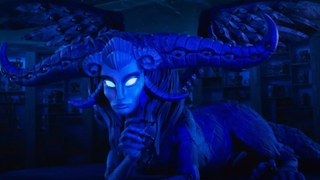
The Mythos Of Pinocchio Gets An Upgrade
The original Pinocchio’s character design is adorable, but del Toro’s version kicks it up a notch by imagining his mythos with greater care. With this 2022 version, it was decided to make the puppet less human-like and very obviously a puppet. When this Pinocchio is put next to real people, along with that element of them living in an actual historical time period, there’s a greater understanding of the otherness of the character and how magical (and off putting) it would be for Pinocchio to exist.
I especially loved how Pinocchio’s growing nose was created for this version. In the past, I’ve felt like it was a nonsensical add to the character to preach to children not to lie. For this one, it’s literally born out of a saying Geppetto tells to his own child before Pinocchio is created and magically grows more like a tree than a button nose. I felt like I finally understood Pinocchio’s most distinguishable feature because when his nose grows, the literal weight of the lie is seen and felt by him through branches sticking out.
CINEMABLEND NEWSLETTER
Your Daily Blend of Entertainment News
I was additionally intrigued by the way in which becoming a “real boy” was depicted in this version. In the 1940 movie, it’s a simple wish of the puppets to be like everyone else. However, in this retelling, he is practically immortal and totally good with being a talking puppet at first. However, as he realizes the realities of being human and his love for Geppetto, he gives his immortality up to save him and live a real life. With this new plot point for Pinocchio, the film is able to speak to a larger life lesson about what makes us human is our finite time on Earth and perfectly weaves into Geppetto’s own arc of grieving his son’s death.
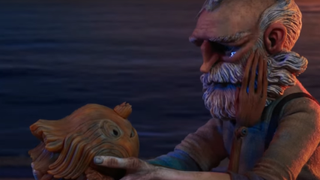
There’s A Beautiful Message About Grief
1940’s Pinocchio centers on a lonely old man who creates a puppet who becomes his faux son, but in del Toro’s version, Geppetto’s connection to the story is given a greater meaning that is the absolutely perfect way to set up the story. Geppetto has lost his human son and is finding it difficult to move forward with his life. His greatest wish in the world is to get back the love that was taken away from him, which is then granted through the unique magic of the mystical wood sprite.
Looking back, the 1940 version really avoids the emotion that comes with Geppetto and Pinocchio’s relationship. But hey, those were different times. Guillermo del Toro’s version, which is among 2023’s Golden Globe nominations, fully embraces the messiness of life. At some point in all of our lives, we will lose something we don’t want to and be tasked with going through the necessary grief needed to move forward. Geppetto gets a new lease on life with Pinocchio coming into his life, but he must learn to accept that what is set to take new space in the void left by Carlo is not a simple replacement, but a new adventure and experience for him to place his love in. What an absolutely beautiful message for audiences of any age to have with them and perhaps return to throughout different phases of their lives! Ugh, it’s so good.
I clearly had a lot of thoughts while watching Guillermo Del Toro’s Pinocchio. While I think 1940’s Pinocchio and this version very much carved their own ways to tell the beloved story, one of which I saw in my childhood and the other I experienced for the first time in my adulthood, this new version is proof that there is power in old stories being retold and how they can become much more profound when given the space to inspire new filmmakers – which in this case is through Guillermo del Toro's filmmaking genius.

Sarah El-Mahmoud has been with CinemaBlend since 2018 after graduating from Cal State Fullerton with a degree in Journalism. In college, she was the Managing Editor of the award-winning college paper, The Daily Titan, where she specialized in writing/editing long-form features, profiles and arts & entertainment coverage, including her first run-in with movie reporting, with a phone interview with Guillermo del Toro for Best Picture winner, The Shape of Water. Now she's into covering YA television and movies, and plenty of horror. Word webslinger. All her writing should be read in Sarah Connor’s Terminator 2 voice over.
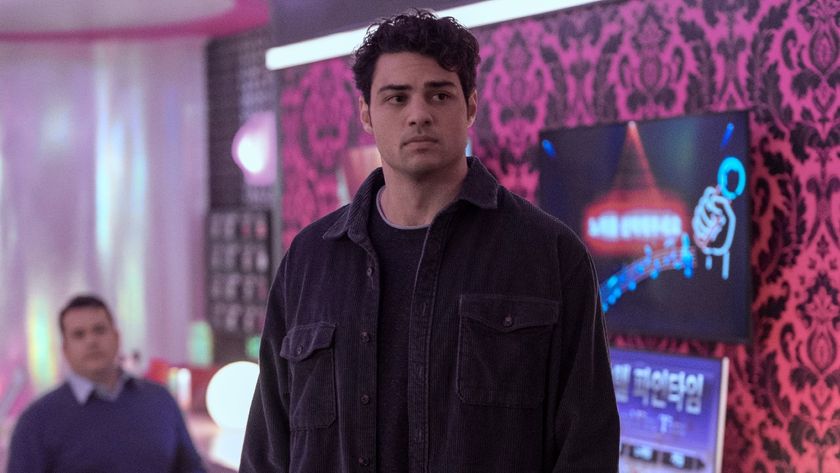
The Recruit Has Been Canceled, But Noah Centineo Got Refreshingly (And Frustratingly) Candid About Why So Many Netflix Shows Get Axed

A Charity Head Honcho Says An Event Was Completely Ruined Thanks To Prince Harry And Meghan Markle’s Netflix Show: ‘We Cannot Be An Extension Of The Sussexes.’
